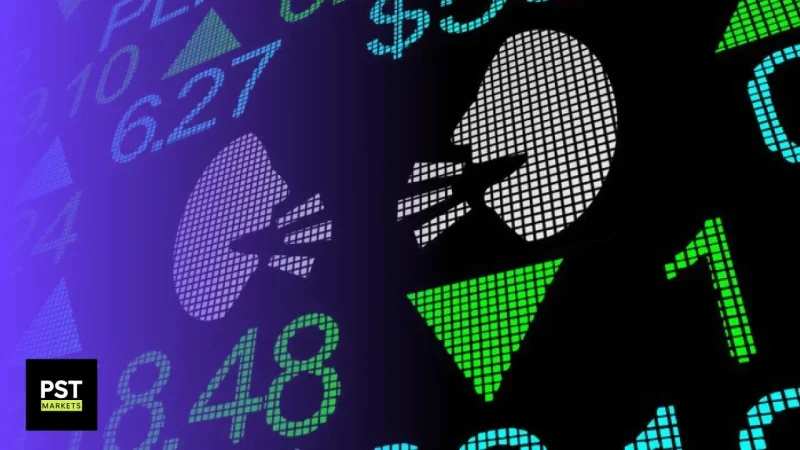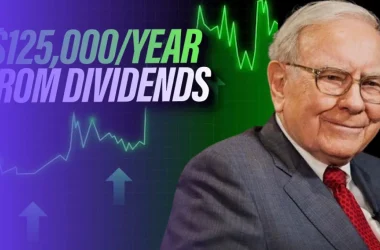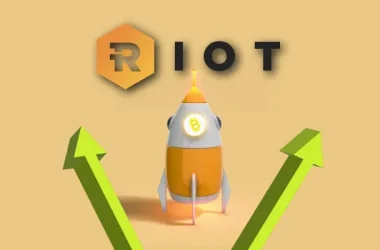How often do we see people make millions by betting on a stock that seemed to go nowhere, only for it to soar a few days, or even hours later? If it happens once, it could be a fluke. But what if it happens three times over the span of a month?
This is what happened in December when the biotech industry was shaken up by unknown traders or a single trader investing a huge amount of money into specific biotech stocks with outstanding acuracy. Nobody thought these stocks were going to move up or down. But somehow, these trades were right on the money – banking 700% returns or more in a very short amount of time.
Did they see something nobody else did, or was it a coincidence? More importantly, can we replicate what they did? Let’s find out.
How it Happened
Up until November 29th, nothing of any significance was happening to ImmunoGen Inc. (NASDAQ: IMGN) stock and nobody had any reason to think it would move dramatically, one way or another, anytime soon. However, a trader mysteriously decided to buy 5,700 call options with a strike price of $21 for IMGN stock, investing $500,000 in total. These calls were almost 31% OTM at this strike price.
Who in their right mind would invest half a million dollars in OTM calls in a stock with no upcoming catalysts that had been trading sideways for months?
Someone with inside knowledge perhaps.
On November 30th, only one day later ImmunoGen was acquired by AbbVie Inc (NYSE: ABBV) causing IMGN stock to rally 82%. As a result, the $500,000 investment multiplied into an astounding $3.5 million!

This trade by itself is very impressive, but it was just the beginning of a trend among biotech stocks. Less than a week later, on December 4th, ABBV acquired another company, Cerevel Therapeutics Holdings (NASDAQ: CERE). But surprisingly, just two days before the acquisition was announced, a whale purchased CERE calls with a strike price of $40 – 65% out of the money.
Following the acquisition announcement, CERE stock jumped to $45 netting this whale millions in the process.
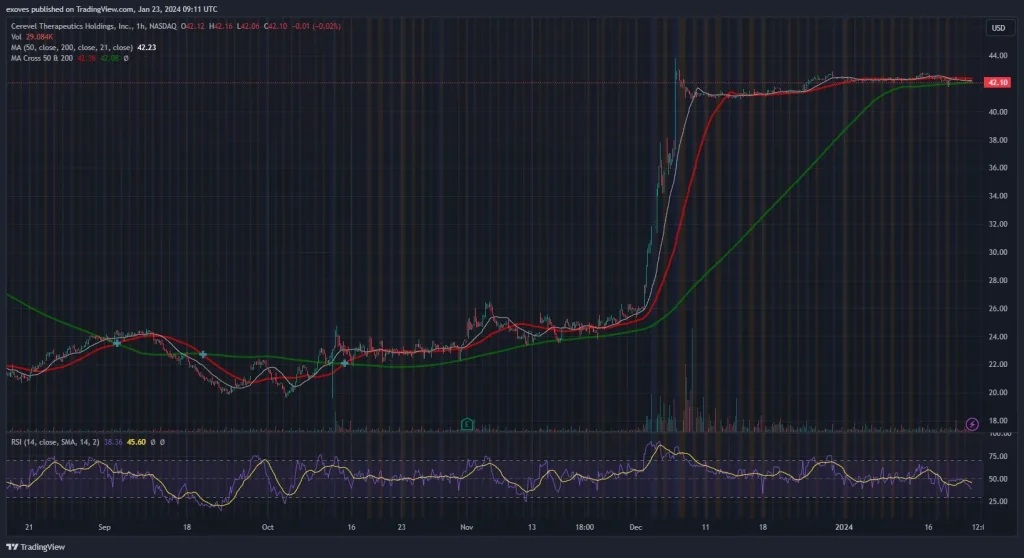
During the same week, someone bought $114 thousand worth of calls in Eyepoint Pharmaceuticals Inc (NASDAQ: EYPT) at a strike price 56% OTM with an expiry just two weeks out. Based on the trend for these last 2 biotech stocks, you might be able to guess what happened next.
This time ABBV did not announce an acquisition of EYPT, instead Eyepoint announced a new cutting-edge treatment just a little while after these calls were purchased. EYPT stock shot up on the news, reaching a high of more than $24 for a 222% increase. Just like that, these $114 thousand turned into $750 thousand.
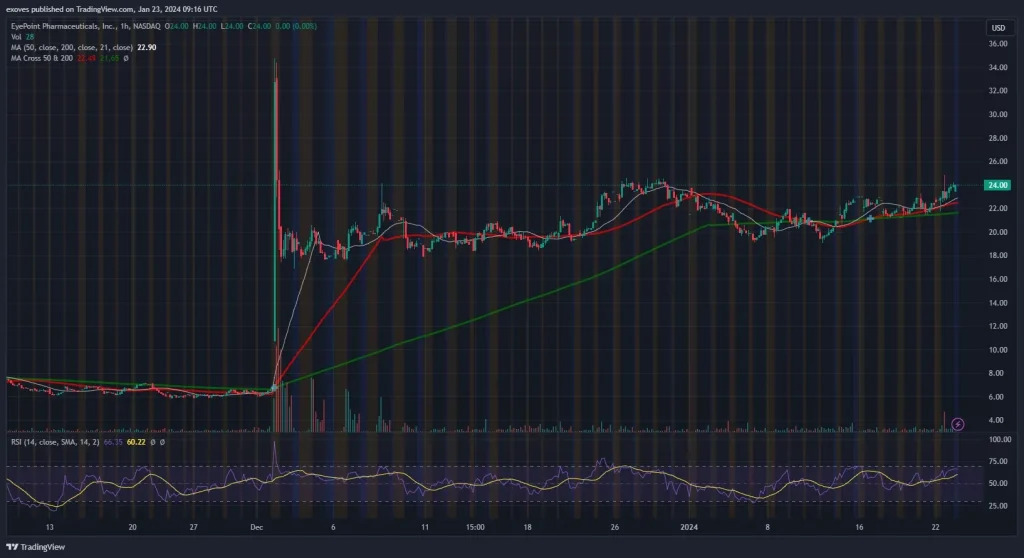
Insider Trading
Given the timing, the lack of catalysts, and the shockingly on-point strike price, we could very well be looking at cases of insider trading.
Its possible that someone working at ABBV shared information regarding its acquisition plans before it was made public. Someone working at EYPT may have done the same, and once this information was leaked, a trader or group of traders coordinated to profit from the upcoming catalyst.
Insider trading is illegal because it obviously gives an unfair advantage to those with non-public information. But since when has that ever stopped Wall Street?
Biotech Stocks & Insider Trading
But why were all these trades in the biotech sector?
In general, biotech stocks are highly susceptible to insider trading because they mostly move on binary events like FDA approval, research results, or acquisitions.
The difference between yes and no approvals, or regulatory decisions can mean hundreds of millions of dollars. People who know what’s going to happen beforehand can profit from the big moves these catalysts usually trigger. It also means that a lot of people inside and outside the company are privy to this information, making it much easier to leak to the public.
Given the many opportunities for insider trading in the biotech sector, its not surprising that it runs rampant. For example, in 2021, Matthew Panuwat was accused of insider trading. Five years earlier, he learned that his company, Medivation, was going to be acquired so he bought shares in a competitor since its stock was also expected to rise on the news.
More recently, the husband of an Array BioPharma employee was accused of making $90 thousand before Pfizer bought the company. It was thought that he must have known that Pfizer would buy it which is why he bought shares of Array before the news went public.
There are even examples from as far back as 2001.
In one case, the FDA didn’t approve ImClone’s new drug, but before that news went public, its CEO Samuel Waksal attempted to sell his stock and told his friends and family to do likewise. He knew that the stock price would fall when news of the rejection got out and tried to save himself and others the loss.
Looking at the cases connected with ABBV, traders entered call positions before an acquisition by ABBV was announced. They had strike prices very close to the prices offered by ABBV and had expiration dates after the dates on which the acquisitions were announced. This suggests that someone inside ABBV is telling traders that acquisitions are going to happen, and those traders bought calls to profit from the event.
The same goes for EYPT. In that case, too, a good explanation could be that an insider had information that a new treatment would be announced and leaked it to their close circle.
How You Can Profit
Obviously you shouldn’t trade using insider information, but retail traders can still swim in the same current as traders with insider information. The trick is to closely follow the market and the option flow of trades. If you notice that there’s a sudden change in trading activity involving huge amounts of money that seemingly has no explanation, that would be your first cue. Then, do your research. If you find no rational for a big move in either direction, then these whales may be trading with insider information.
If these whales are buying options that are significantly OTM, that would be another confirmation. Then check the options’ expiration date. If it’s very soon, then it’s safe to say someone is expecting something major to unfold soon, otherwise why would they risk a significant amount of money with the time decay eating away at it?
Overall, watching the options flow is the first and most important step since insider trades can happen shortly before the catalyst hits.
Taking CERE as a case study, it’s likely that a few traders knew something was up because the volume and price increased just before the catalyst occurred. This might mean that traders were watching for a similar set up after watching what happened with IMGN. If this was the case, it would be a good example of how analyzing past trades can be crucial for picking the right stocks.
Use your best judgment though. Its always possible that their inside information was wrong or that the trading activity was just based on someone’s high risk tolerance rather than leaked information. Insider trading is just an indicator at the end of the day.
Disclaimer
Please visit and read our disclaimer here.





